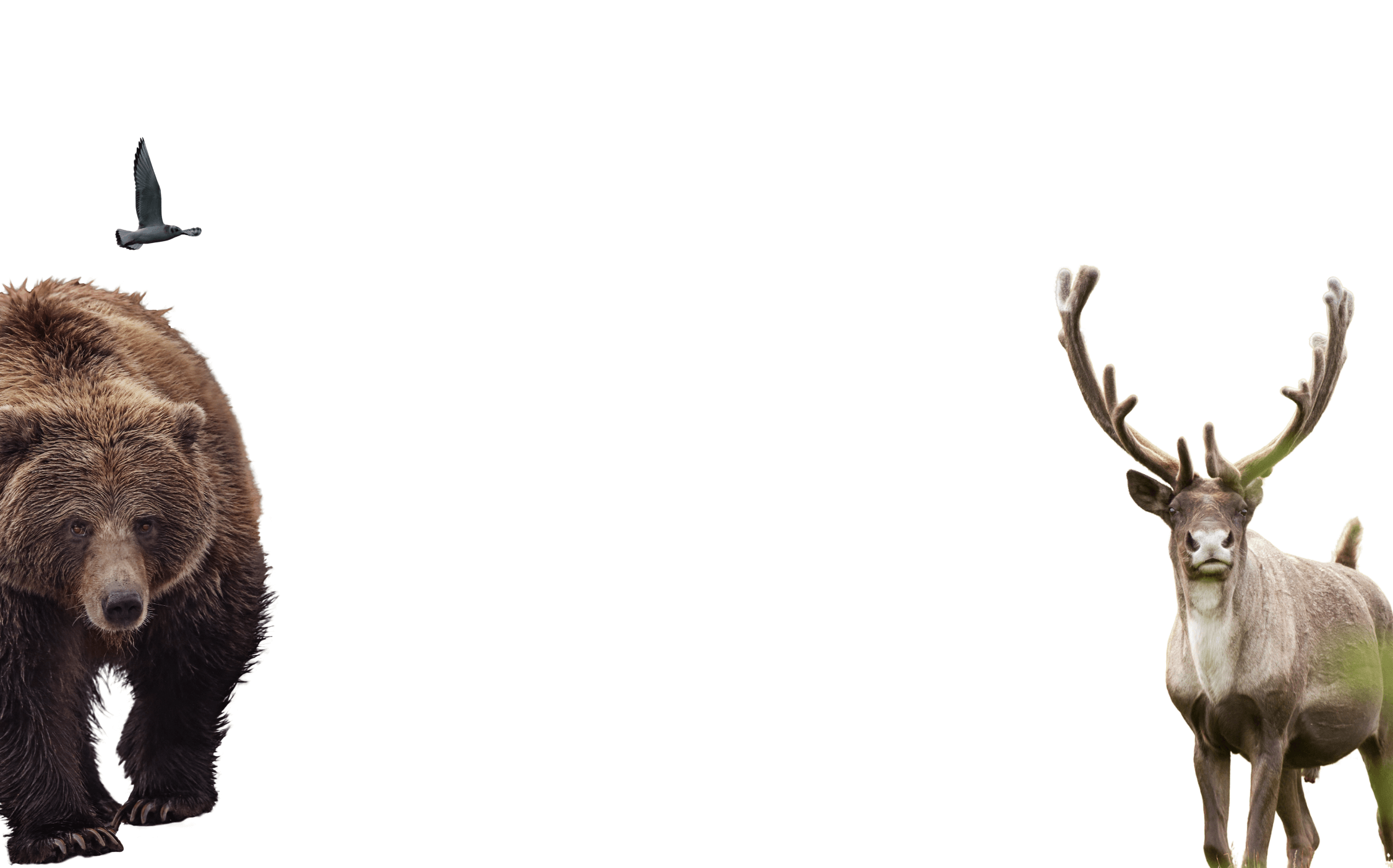
Bill 16: The Public Lands Modernization (Grazing Lease and Obsolete Provisions) Amendment Act
December 1, 2019
- •
- •
- •
Wild Lands Advocate Article by: Ian Urquhart, AWA Conservation Staff and Editor of Wild Lands Advocate
Click here for a pdf version of this article.
Receiving scant attention in the Legislature, the provincial government introduced and passed legislation advertised to increase the fees grazing lease holders pay to government for the privilege of grazing cattle on public lands. The legislation is intended to address a complaint a U.S. Department of Commerce investigation made 20 years ago – that Canadian grazing rental rates subsidized the cattle industry. The new system will be based on the market price of cattle and input costs. The changes will be phased in over the next five years.
On the one hand, this change is welcome. Grazing lease fees in Alberta have been frozen for 25 years. It’s long past time for those fees to be increased. Inflation alone would be reason enough to increase these fees. Since the fees were last changed in 1994, inflation has eroded the value of every dollar collected in rentals by approximately 40 percent. Also, phasing in the changes over five years will ease whatever financial impact the changes will have on industry. As Minister Nixon said in The Western Producer the new system “won’t cripple the industry.”
On the other hand, the legislation is disappointing and concerning. Disappointment rests in the fact the government chose not to consider how to address the flaws the Auditor General identified in the grazing lease system in July 2015. Then the Auditor General noted that some leaseholders were deriving excessive personal financial rewards from compensation payments they received for industrial use of those lands. He wrote:
Personal financial benefits are being derived from public assets. Current legislation allows an unquantified amount of personal financial benefit to some leaseholders over and above the benefits of grazing livestock on public land.
The government was flouting the general principle that “no Albertan should derive personal benefits from Alberta public assets beyond uses the assets are intended to provide.” (see the Oct./Dec. 2016 WLA for more details).
Concern joins disappointment in reflecting on how Alberta Environment and Parks assessed who would be interested in and affected by these changes. In second reading debate, the Minister seemed to define his bill as “agriculture legislation,” not public lands legislation. This, along with his news release, suggests his consultation on the bill was limited to the ranching community. As an organization with a decades-long interest in public lands management, AWA didn’t even receive a heads-up that the new government was considering this issue. As the Auditor-General pointed out in 2015, stakeholders involved in grazing leases include: current and future Albertans, First Nations, government, leaseholders, resource extraction companies, hunters, recreational users, and environmental groups. These interests should have been considered more seriously.
The lack of consultation is especially concerning because the legislation is barren of ANY details about the specific changes that will be made. It’s a remarkable bill for its total absence of details. Those who the Minister consulted must have seen those details. But, the details that will come presumably through regulations weren’t even released as background information to the bill. As this issue of the Advocate goes to press, I’m still waiting for a substantive response to my question to Environment and Parks asking for those details.
Wider consultations would have been especially relevant since the Minister spoke of how 30 percent of the grazing fee rental receipts government will collect above a threshold of $2.9 million will be spent on “rangeland sustainability initiatives.” Leaving aside the question of whether the 30 percent dedication is sufficient, hunters, recreational users, and environmental groups all have important, legitimate interests in what those sustainability initiatives will look like. Will, for example, government adopt measures that make rangelands in southeastern Alberta friendlier to greater sage-grouse?
This update began by noting the scant attention Bill 16 received in the Legislature. Opposition parties are supposed to look closely at legislation and offer suggestions on how it may be improved. The New Democrats dropped the ball, and abdicated that responsibility, with respect to Bill 16. The New Democrats had nothing to offer by way of constructive criticism of the legislation. Despite the shortcomings noted above, Lorne Dach, the NDP member who spoke to the legislation could have been mistaken for a government backbencher in the unqualified support he offered for Bill 16. The legislative process, as illustrated by Bill 16, is one where both government and opposition need to improve their performance.